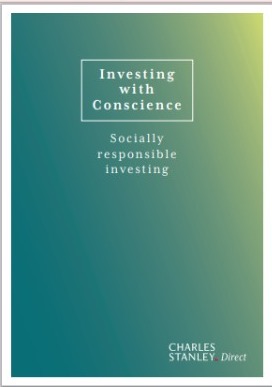Lean Advice for New Investors
By Jarrod Wilcox, Zvi Bodie, & Dan di Bartolomeo As defined benefit pensions have been replaced by investor-directed defined contribution plans, implementing sound investment policies for retail investors of modest means has become a problem of increasing urgency. This group comprises most of the investor population across all countries. In the U.S. it is characterized by inadequate saving, failure to take advantage of materially higher payout for delayed Social Security benefits, extensive credit card debt, and pursuit of naïve investment...










